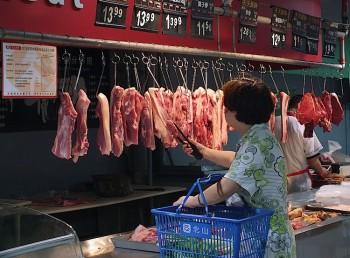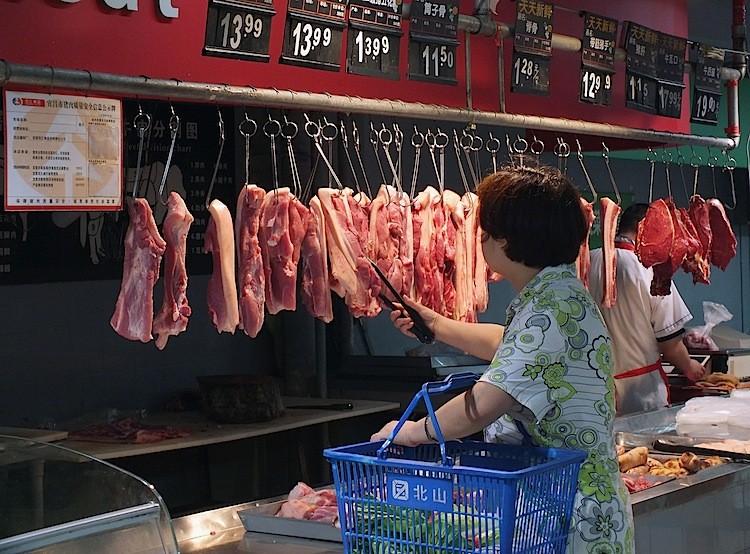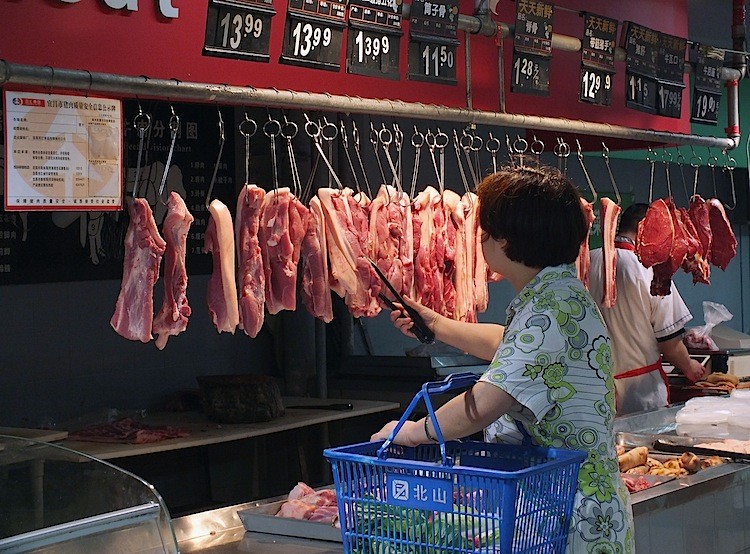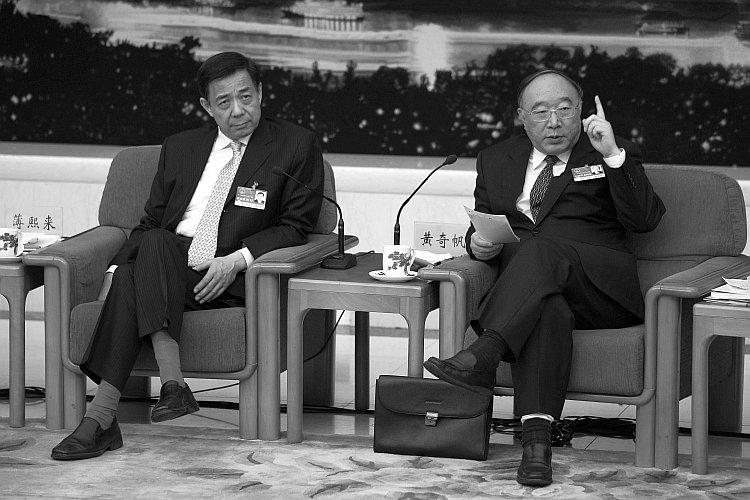China’s Inflation Continues Up
China’s uncontrolled inflation could result in hard landing.

A woman buys pork at a supermarket on July 3 in Yichang, Hubei Province. China's consumer price index (CPI), a main gauge of inflation, surged 6.4 percent over last year, hitting a three-year high in June. Grains rose 12.4 percent, eggs 23.3 percent, and pork soared a whopping 57.1 percent. AFP/Getty Images
|Updated:




